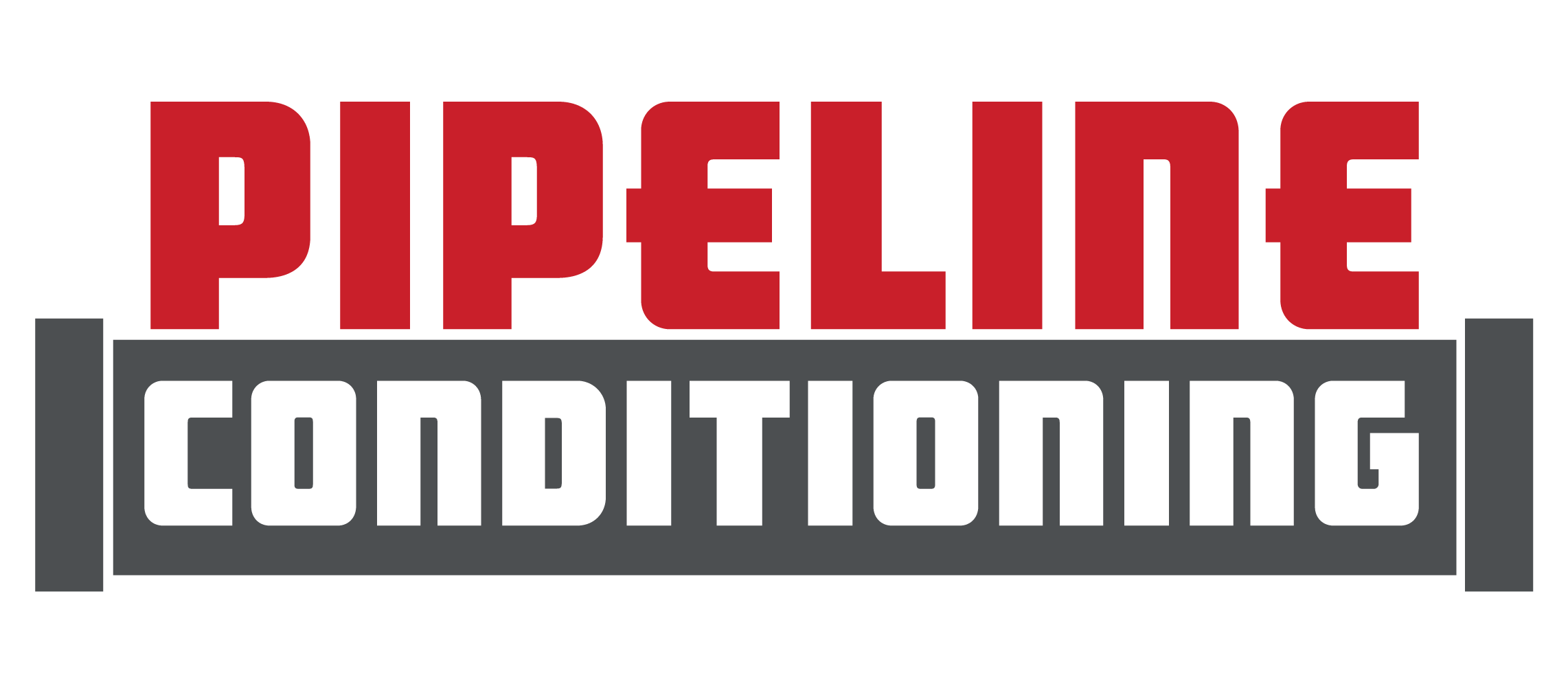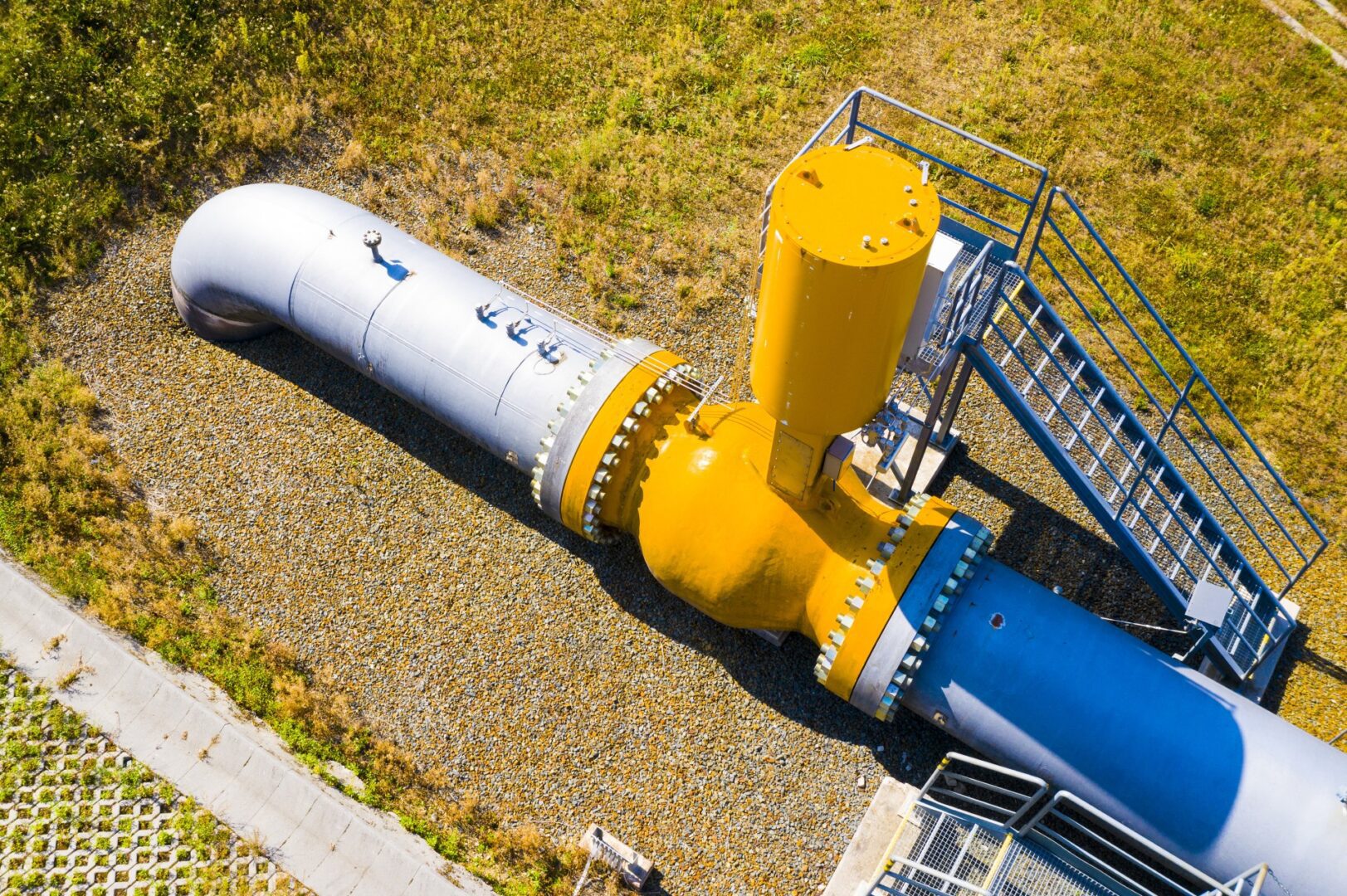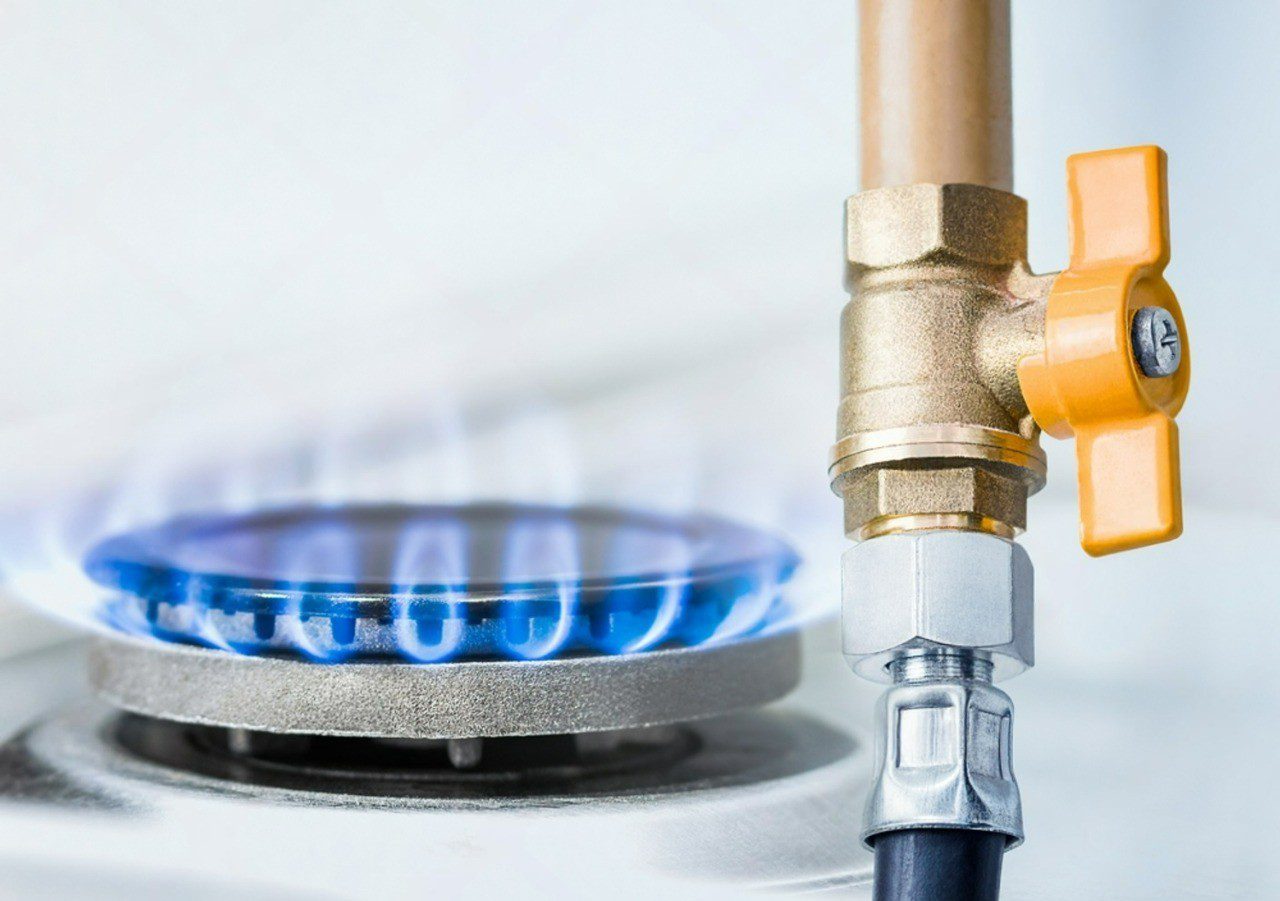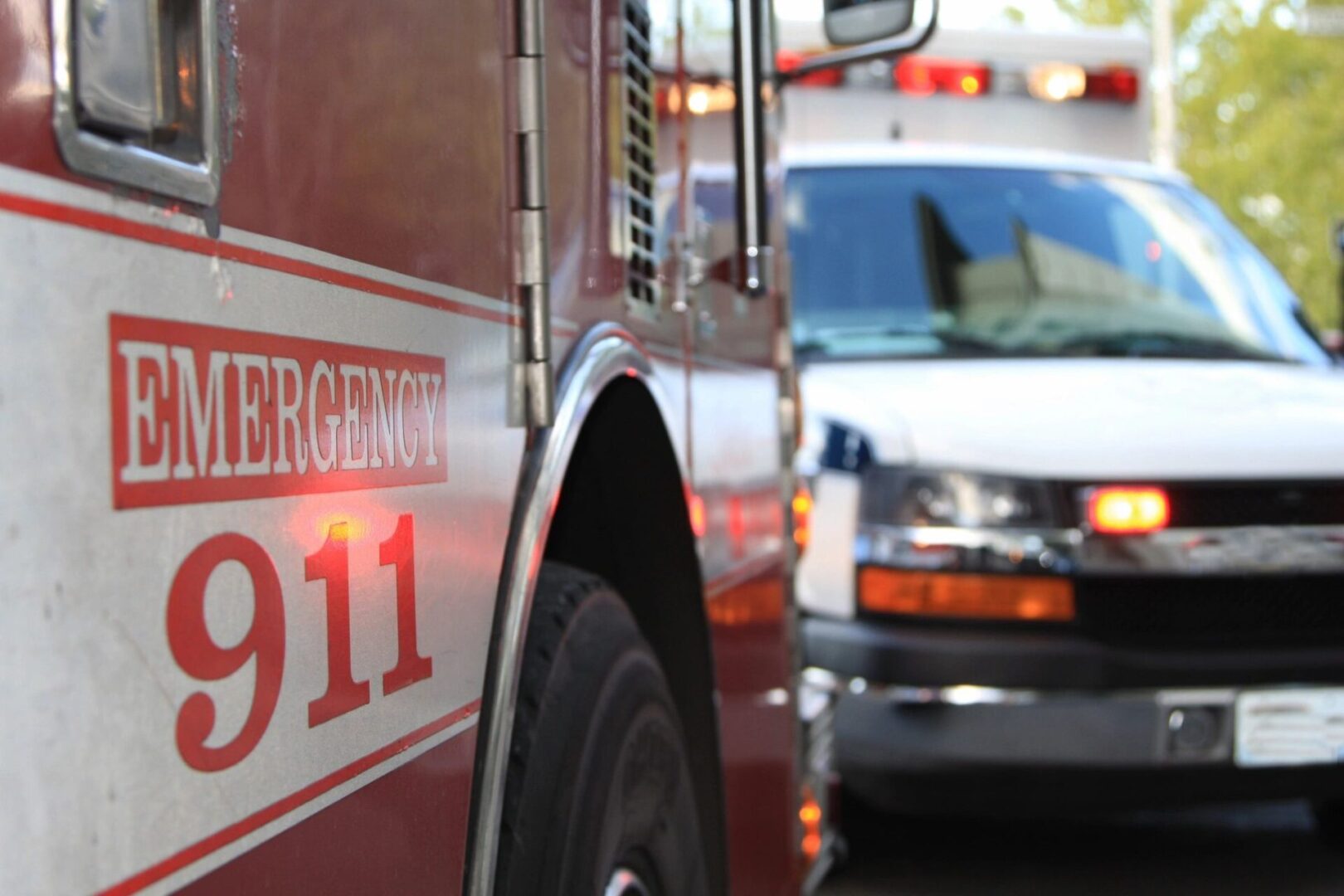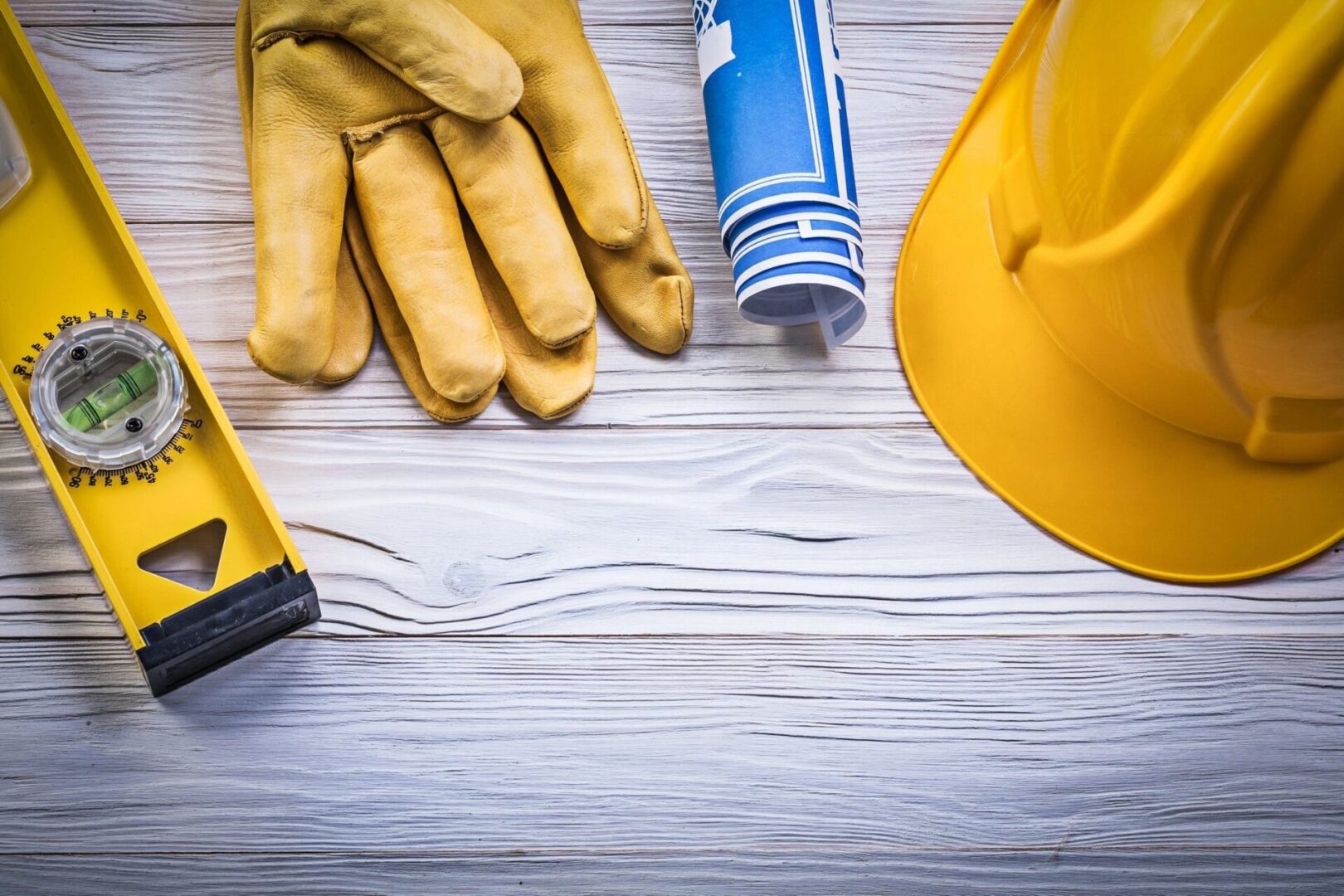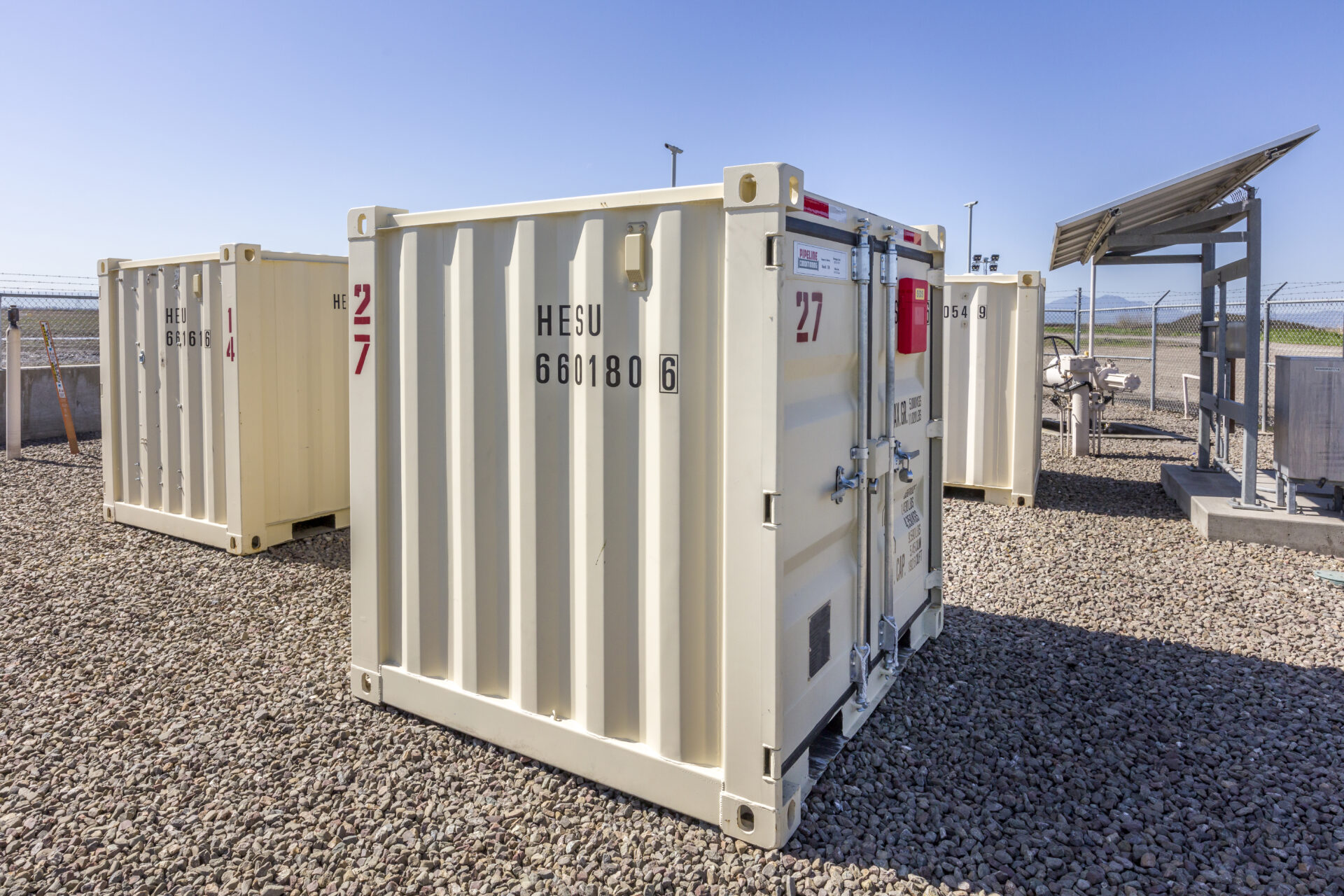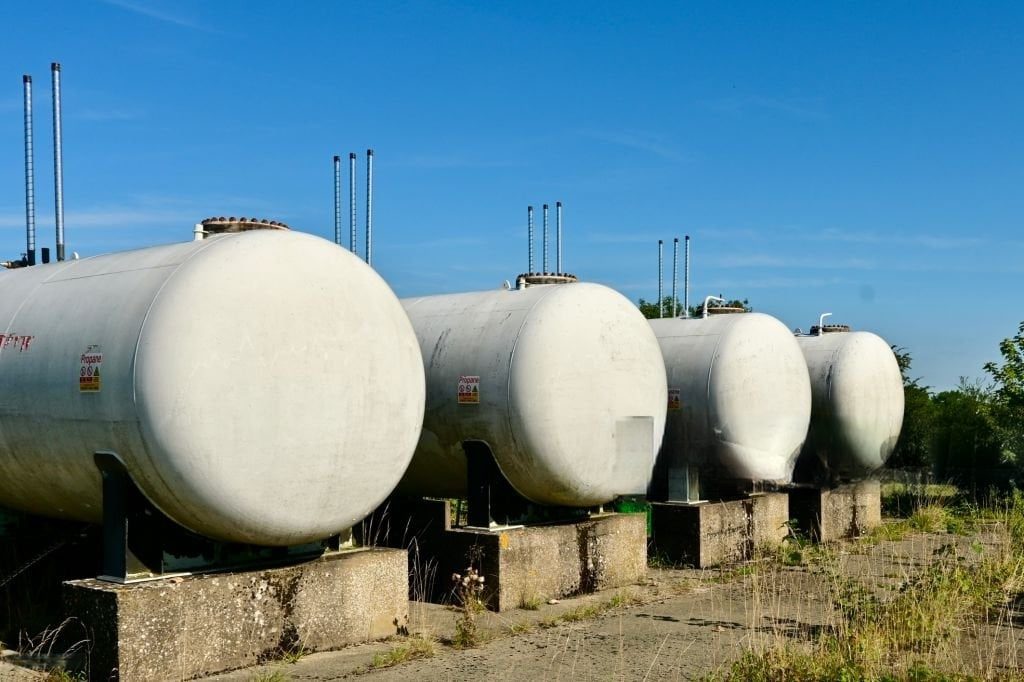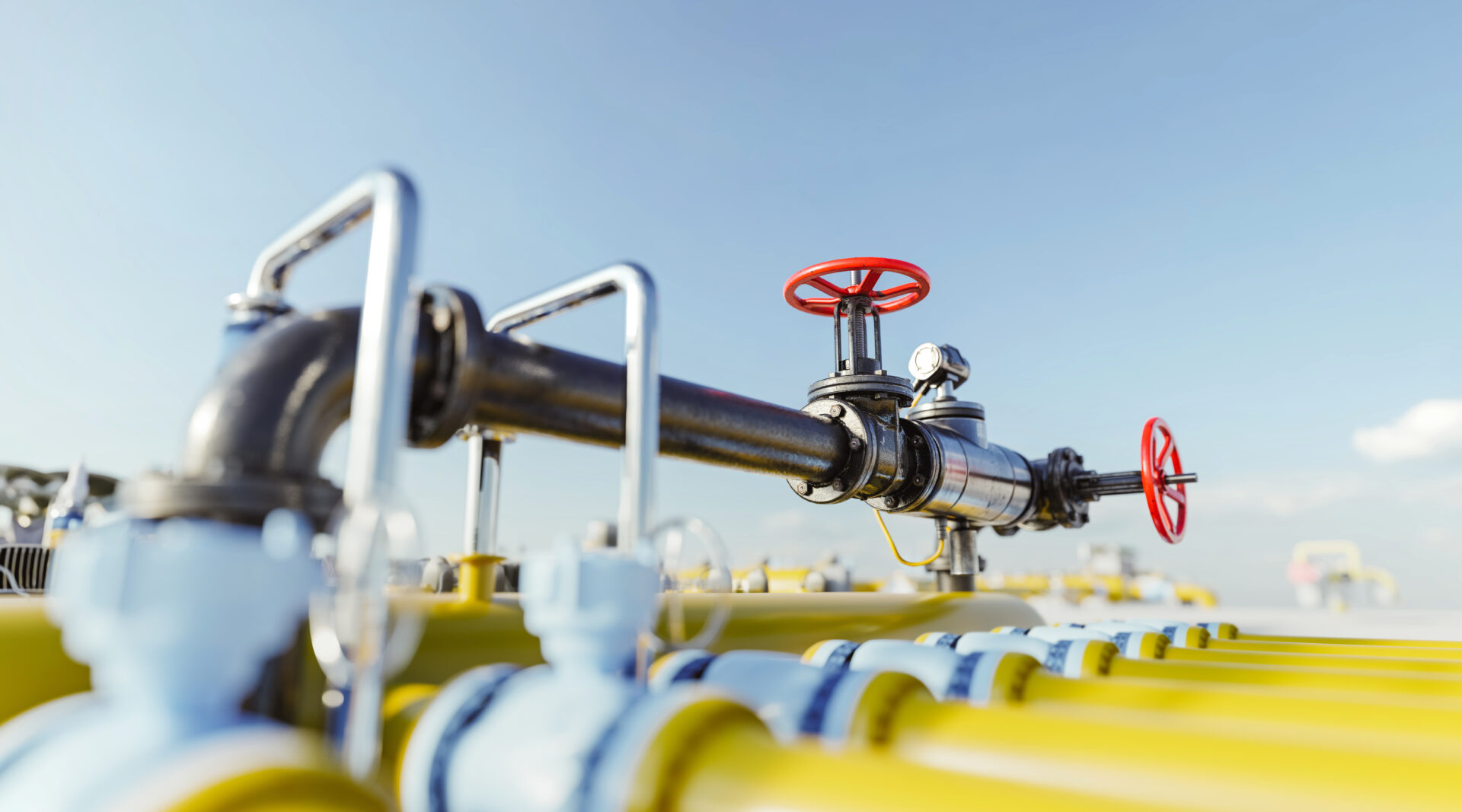
Why “Good Enough” Odorization is Never Good Enough
We hear it all the time in this industry. “That’s good enough.” It usually comes up when someone wants to move faster, save money, or get a project checked off the list. The problem is that “good enough” does not hold up when it comes to odorization. In fact, it is one of the fastest ways to invite risk, complaints, and regulatory trouble.
The Risks of Bare-Minimum Odorization
When odorization is treated as a box to check, the results are easy to spot. Across the industry we’ve seen:
- Lines were over-odorized, leading to false leak calls and public panic.
- Projects went live with under-odorized gas, leaving customers exposed to real danger.
- Contractors left trailers venting odorant in neighborhoods, sparking evacuations and headlines.
Each of these situations started with someone deciding “that’s good enough.” Each one ended with operators paying the price in reputation, money, and trust.
Our Standard Is Different
At Pipeline Conditioning, we do not aim for “good enough.” We aim for precise, verifiable compliance every single time. That means:
- Degreed engineers on every project, ensuring qualified oversight and seamless coordination between office and field.
- Engineered systems that are self-contained, quiet, and built for odor-free operation.
- Real-time verification with calibrated analyzers, so we know odorant levels are right before anyone else checks.
We do not guess. We calculate. We plan. And we verify as we go. That is what separates safe, reliable odorization from risky short-cuts.
Why It Matters
Odorization is not a side service and it is not an afterthought. It is a critical safety function that protects communities and operators alike. One mistake can cause evacuations, trigger investigations, and damage years of hard-earned trust.
We believe operators deserve more than “good enough.” They deserve a partner who treats every project like it is the most important one on the books. That is what we bring to the table, whether the job is a short temporary setup or a complex urban project.
The Bottom Line
“Good enough” in odorization is never good enough. The only standard that works is a higher one, backed by engineering, precision, and accountability.
That is why we do what we do at Pipeline Conditioning. We set the bar higher, and we keep it there.
Myths and Truths About Odorization
Odorization is one of the most important safeguards in the natural gas industry, but it is also one of the most misunderstood. We hear the…
From Pipeline to Stove: The Journey of Safe Gas
Every October, Natural Gas Week gives us a chance to step back and appreciate one of the most important energy sources in our daily lives.…
The Real Cost of False Leak Calls
When it comes to odorization, one of the most common mistakes we see is over-odorization. Some contractors think adding a little extra odorant “just to…
The Benefits of Partnering with a Specialized Odorization Service Provider
Expert Solutions for Safety, Compliance, and Operational Efficiency When trying to ensure the safety of natural gas pipelines, odorization is the topmost priority. The addition…
Job Safety Best Practices: Staying Safe in Extreme Heat
As temperatures climb, so does the risk of heat-related illness on pipeline projects. Whether you’re operating a valve trailer in West Texas or overseeing a…
The Importance of Pipeline Pickling for Residential Buildings: Keeping Urban Living Safe
Protecting High-Rise Residents with Proper Pipeline Conditioning and Odorization From the luxury apartments of Manhattan to the sleek towers of Los Angeles and Chicago, high-rise…
Steel vs. PE Pipes: Evaluating Costs and Material Selection for Natural Gas Pipelines
Selecting the appropriate material for natural gas pipelines is a critical decision that impacts both initial investment and long-term operational efficiency. Steel and polyethylene (PE)…
From Frustration to Foundation: How One Engineer’s Mission Became Pipeline Conditioning
From Frustration to Foundation: How One Engineer’s Mission Became Pipeline Conditioning In an industry where too many things are done out of habit, Pipeline Conditioning…
Temporary Odorization and Why Doing It Yourself Might Just Be Costly
The Hidden Costs of DIY Odorization: Why Expert Solutions Save Time, Money, and Risk Quick problem-solving is everything in the natural gas world, especially when…
Decommissioning an Odorization Station: Best Practices for a Smooth Transition
Ensuring Safety and Efficiency When Retiring Critical Infrastructure Odorization stations play a crucial role in the safety of natural gas by adding an odorant that…
